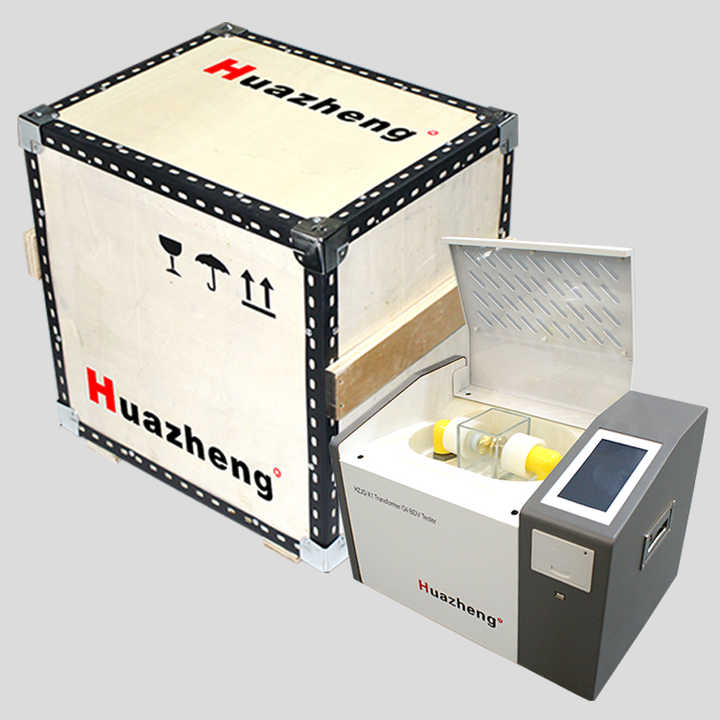Safe Disposal of Waste Transformer Oil to Decrease Environmental Effect
Safe Disposal of Waste Transformer Oil to Decrease Environmental Effect
Blog Article
Understanding Dielectric Transformer Oil: Necessary Benefits and Uses
Dielectric transformer oil offers as an essential element in the procedure of electrical transformers and high-voltage equipment, working largely as a shielding medium. As we explore the multiple advantages and usages of dielectric transformer oil, one must consider how its role affects not simply tools dependability, but likewise more comprehensive operational factors to consider.
What Is Dielectric Transformer Oil?
Just what is dielectric transformer oil? Dielectric transformer oil is a specialized protecting fluid made use of in electrical transformers and other high-voltage electric devices. Its key function is to supply electric insulation and promote warmth dissipation, ensuring the reliable and risk-free operation of transformers. Unlike standard oils, dielectric oil is especially created to have high dielectric stamina, which enables it to hold up against significant electrical tension without conducting electrical power.
Typically derived from mineral oil or synthetic sources, dielectric transformer oil satisfies strict industry requirements for purity and performance. Its chemical make-up is thoroughly made to reduce the threat of oxidation and deterioration over time, which is critical for keeping the oil's insulating properties.
In addition to its shielding characteristics, dielectric transformer oil serves as a coolant, transferring and absorbing warm generated by electric components throughout operation. This twin functionality is crucial for boosting the general performance and life expectancy of transformers. Dielectric oils are subject to rigorous testing to ensure compatibility with numerous products and to avoid adverse responses that can compromise system stability. Overall, dielectric transformer oil is a crucial component in the trustworthy and safe procedure of electric framework.

Secret Advantages of Dielectric Oil
While dielectric transformer oil serves important functions in electric systems, its advantages expand past plain insulation and cooling. Among the key benefits of dielectric oil is its high dielectric stamina, which properly avoids electrical break down, making sure the secure operation of transformers and various other high-voltage tools. This home is critical in maintaining the integrity and durability of electric systems.
In addition, dielectric oil possesses superb thermal conductivity, enabling effective warmth dissipation. This characteristic reduces the risk of overheating, thus extending the life expectancy of transformers and minimizing maintenance costs. The oil's chemical security and resistance to oxidation add to its sturdiness, ensuring constant performance over time.
One more significant benefit is its capability to reduce arcing and corona discharge, which can harm electric components. By supplying a secure tool for electric power transfer, dielectric oil boosts operational security.

Applications of Dielectric Transformer Oil
Dielectric transformer oil plays a pivotal role in various applications within the electrical sector, mostly because of its one-of-a-kind protecting and cooling down homes. Among its key uses is in power transformers, where it serves to protect internal components and promote warm dissipation. This is critical in maintaining functional effectiveness and longevity.
In enhancement to power transformers, dielectric oil is additionally utilized in distribution transformers, making sure risk-free and reputable power distribution. Its high dielectric strength prevents electrical discharges, thereby decreasing the risk of failings and enhancing system integrity. Furthermore, dielectric transformer oil is utilized in activators and capacitor financial institutions, where it does similar functions, safeguarding sensitive devices from electric failure - electrical insulating oil.

Maintenance Considerations
Proper upkeep of dielectric transformer oil is necessary to make sure optimal performance and durability of electric tools. Normal tracking of the oil's physical and chemical homes is crucial to find any kind of deterioration that might impair the insulation and cooling abilities. Secret specifications to analyze include dampness material, level of acidity, and dielectric strength.
Periodic tasting and laboratory analysis can identify the presence of impurities such as liquified gases, particulates, and oxidation results. These evaluations aid in figuring out the oil's problem and whether it requires treatment or replacement. Filtering systems can be used to eliminate particulates and wetness from the oil, recovering its protecting homes and extending its life expectancy.
Furthermore, maintaining correct operating temperature levels is crucial; extreme heat can accelerate oil destruction (waste transformer oil). Carrying out temperature level tracking systems can aid in spotting overheating conditions early
Environmental Effect and Security
In examining the ecological effect and safety and security of dielectric transformer oil, it is critical to take into consideration both its composition and prospective dangers. Commonly acquired from mineral or synthetic resources, dielectric oils can differ substantially in their ecological impact.
Safety and security worries largely revolve around flammability and toxicity. Dielectric oils can be flammable, demanding correct storage space and taking care of procedures to minimize fire threats. Particular additives made use of in transformer oils may present toxicological threats, highlighting the value of picking oils with positive safety and security accounts.
Governing compliance is additionally important (transformer oil recovery). Sticking to environmental laws and security requirements guarantees that making use of dielectric transformer oils lessens adverse effect on human health and the environment. In verdict, understanding the environmental ramifications and safety and security methods related to dielectric transformer oils is vital for responsible use in electric applications
Final Thought
In summary, dielectric transformer oil serves as a crucial part in improving the safety and security and performance of electrical transformers and high-voltage tools. Factor to consider of ecological effect and security more highlights the importance of dielectric transformer oil in modern electric infrastructure.
Dielectric transformer oil offers as an important part in the operation of electric transformers and high-voltage devices, working primarily as a protecting medium. Dielectric transformer oil is a specific insulating liquid used in electrical transformers and other high-voltage electric equipment. Unlike standard oils, dielectric oil is especially created to have high dielectric stamina, which allows it to stand up to substantial electrical anxiety without performing electrical power.
One of the primary advantages of dielectric oil is its high dielectric stamina, which efficiently avoids electrical break down, making sure the secure procedure of transformers and various other high-voltage tools.In summary, dielectric transformer oil serves as an important part in boosting the safety and security and efficiency browse around this web-site of electric transformers and high-voltage tools.
Report this page